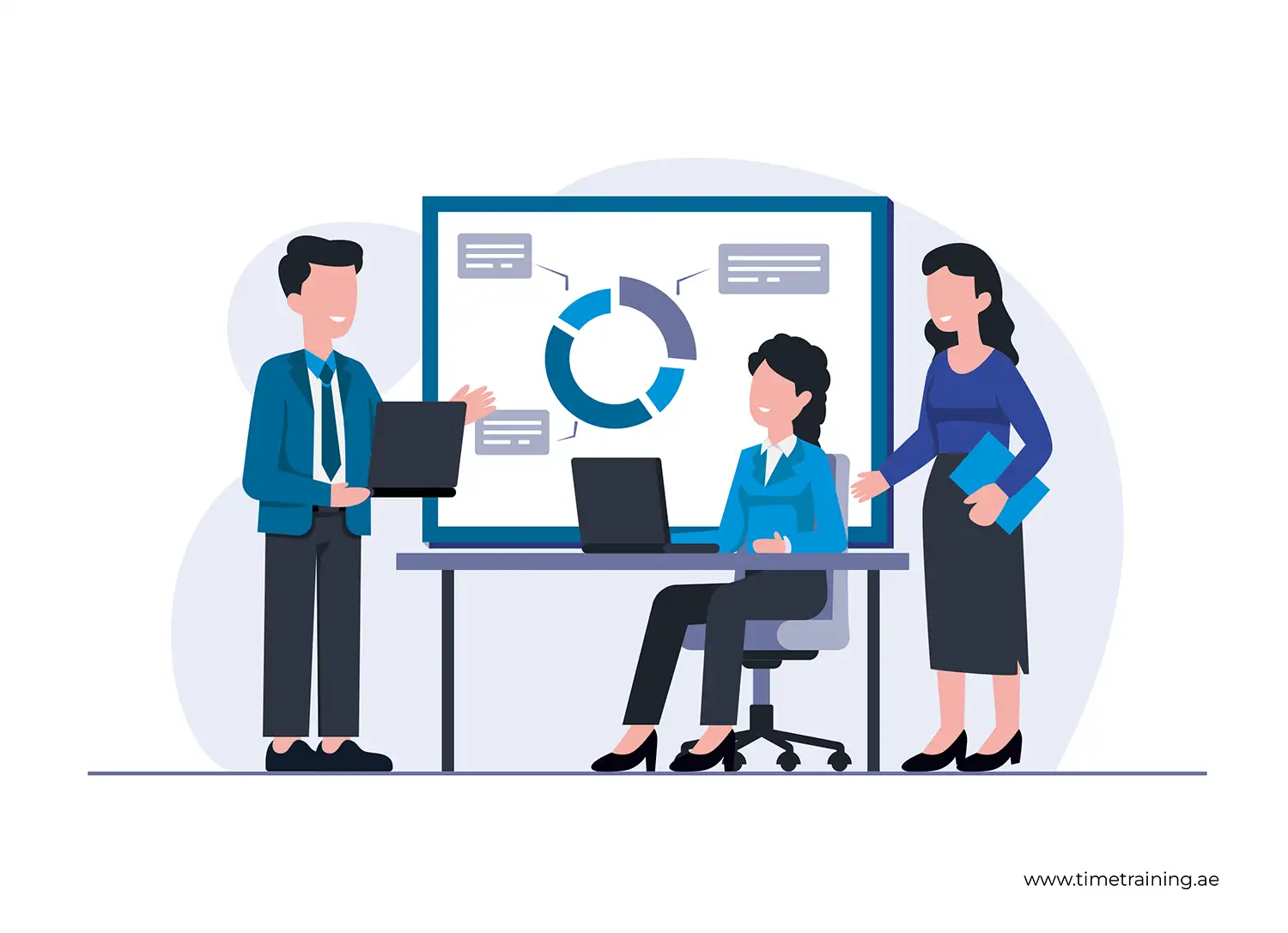Are you thinking about how you can successfully migrate to SAP S4HANA? You have certainly landed on the right page. We are here to discuss some of the most essential steps that can help you complete the migration successfully.
Migrating to the next-generation ERP, SAP S/4HANA promises significant benefits like faster processing, real-time analytics, simple data model and improved user experience. However, migrating from an existing ECC system needs careful planning to avoid issues. Below we are going to discuss the four key ways to facilitate a seamless S/4HANA transition but first let’s understand what it is and then proceed ahead.
Check out: Roles and Responsibilities of a SAP Professional
Ways to Ensure a Successful Migration to SAP S4HANA
Now we are on the primary section of the post that can help us understand how we can migrate to SAP S4HANA without any hassle. Below are the four steps that can pave the way for successful migration.
-
Conduct Detailed Fit-Gap Analysis
-
Establish Migration Center of Excellence
-
Deploy Data Archiving and Retention
-
Adopt Agile Methodology
1. Conduct Detailed Fit-Gap Analysis
The first step is a comprehensive fit-gap study comparing the current and future state systems. This requires:
-
Understanding organization's functional landscape and business processes.
-
Documenting all custom developments, extensions and configurations in legacy ECC.
-
Evaluating gaps between legacy processes and SAP best practices for targeted industries.
-
Identifying process changes and standard transactions that may be eliminated.
-
Classifying custom code as adaptable, maintainable or need complete re-build.
-
Preparing impact analysis covering master data, interfaces, reports migration strategy.
A well-defined fit-gap clarity is foundational for the overall transition roadmap to meet timelines and budget.
2. Establish Migration Center of Excellence
It's advisable to set up a Centre of Excellence (CoE) comprising selected power users, consultants and technical team. The CoE would drive the program through:
-
Defining migration methodology like Landscape transformation, Direct or Indirect approach.
-
Detailed project planning, resourcing, vendor selections and contracting.
-
Preparing test and validation guidelines, migration quality processes.
-
Resolving technical design issues and change requests centrally.
-
Handling cross-function coordination, training governance and change management.
A dedicated CoE enables structured program management and consistent execution oversight critical for mission-critical transformations.
3. Deploy Data Archiving and Retention
Legacy ECC data volumes need systematic archiving to optimize the transition. Key activities are:
-
Archival of historical data like invoices, purchase orders beyond legal retention periods.
-
Separation of transactional and analytical view definitions per required data models.
-
Setting database table partitioning to isolate transactional from archived records.
-
Migrating purged master records to data warehouses or archives.
-
Testing data purification impacts and compliance timelines are met.
Proactive data governance ensures a lean and compliant data migration benefitting both performance and effort optimization.
4. Adopt Agile Methodology
Considering the scale and timeline pressures, hybrid agile-waterfall methodology deployed through sprints proves effective. This involves:
-
Dividing workstreams into weekly and monthly deliverables.
-
Daily stand-ups and demonstrate workflows frequently.
-
Early showcase of functionality combined with UAT and feedback.
-
Focusing on high priority minimal marketable features per sprint.
-
Continuous integration of custom code builds at story level.
-
Early issue identification and resolution across sprints.
-
Visible burn-down charts and velocity tracking per sprint.
-
Built-in contingencies for scope changes/enhancements.
Iterative delivery through measurable outcomes allows mid-course corrections ensuring go-live readiness within projected timelines.
You may also like: SAP Professional Salary Guide
Last Words
So, conducting impact assessment, setting up expert program oversight, active data governance and iterative migration methodology implementation help deliver S/4HANA programs with least risk, on-time and on-budget. Continuous skilling on SAP platforms also prepares talents for new-age ERP landscapes. The demand for migration experts is getting higher and if you are thinking about cracking these skills, being part of SAP courses has to be your go-to option. You just need to connect with the best institute in the business to learn all the steps wisely and cover the migration without any difficulty. Good luck!
Find out the Best SAP Modules for Your Career
 +971 2 6713828
+971 2 6713828
.webp)



